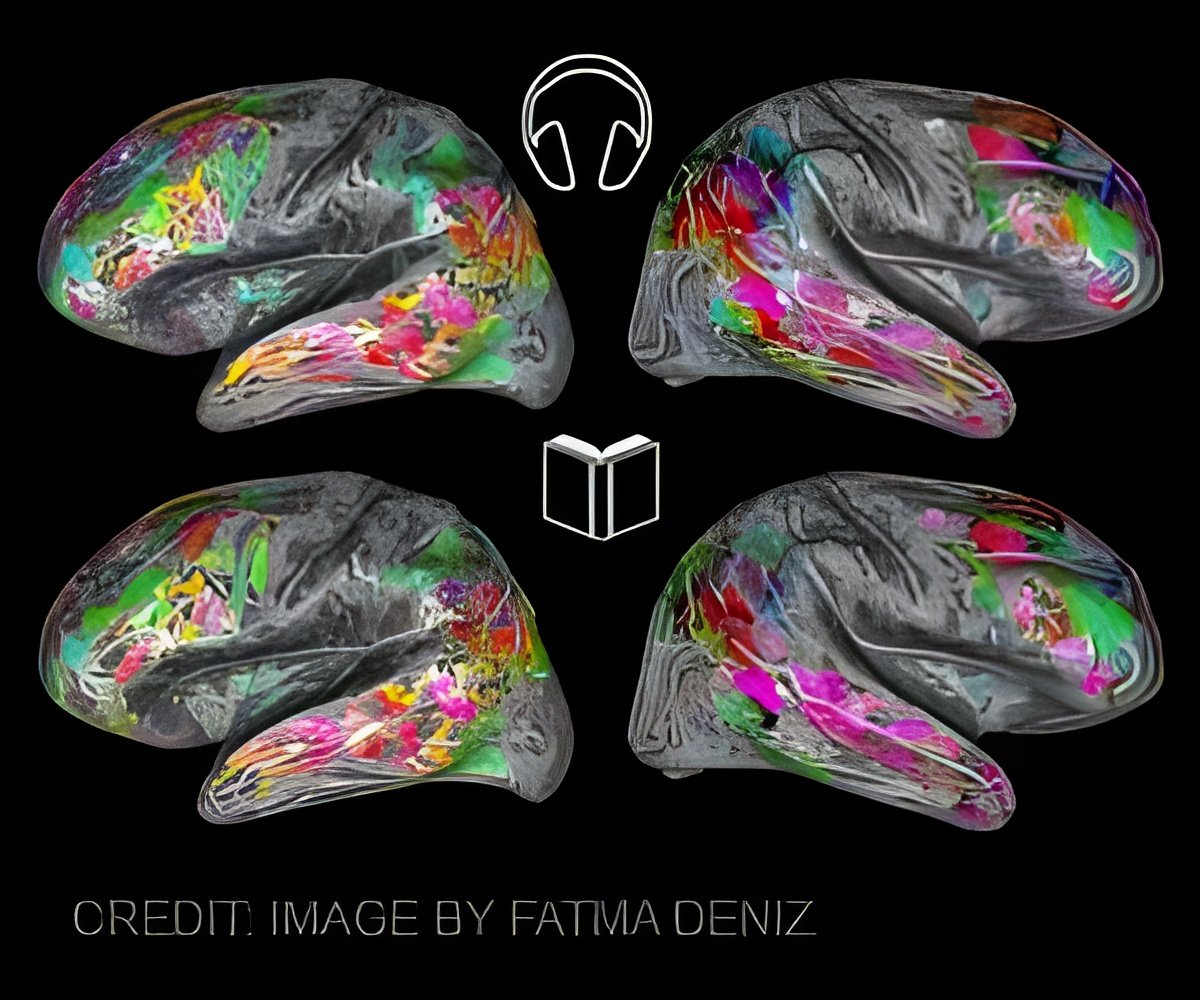Identifying brain responses to rewards and their association with pain symptoms may help in understanding the neurological basis of pain-related behaviors.

‘Patterns of brain responses to rewards are a significant predictor of pain symptoms - a link that is already present by adolescence - and may be influenced by gene variants affecting pain sensitivity.’





"Distributed" feedback patterns to rewards predict heightened pain
sensitivity, according to the new research led by Frauke Nees,
Central Institute of Mental Health, Medical Faculty Mannheim, Heidelberg
University, Mannheim, Germany. The researchers write: "Our results
might provide a first step early in life in identifying possible risk
factors for future pain complaints." Reward Responses and Pain Are Linked; Gene Variants May Play a Role
A group of more than 600 European adolescents were studied at two times. At ages 14-15, the teens participated in an experiment in which they could earn rewards - in the form of M&M's candies - for performing a computer task. Functional magnetic resonance imaging (fMRI) scans were performed to examine how the brain processed these rewards. Two years later, the teens were evaluated on a commonly used pain symptom scale.
Patterns of reward processing at age 14-15 were evaluated as predictors of pain complaints at age 16-17. The study also examined the effects of two variants of the mu-opioid receptor gene (OPRM1) that have previously been linked to differences in pain processing. These genetic variants may affect not only responses to opioid drugs (such as morphine) but also the body's natural or "endogenous" opioids (such as endorphins).
The results showed that reward-related feedback responses in a brain area called the dorsal striatum at age 14-15 predicted the magnitude of pain symptoms at age 16-17. Whereas responses in another brain area called the ventral striatum have been linked to reward processes, the dorsal striatum has been implicated in planning, motor (movement) processing, and habit learning.
Advertisement
Within the limitations of the experimental study - limited to healthy children without any clinical pain problems - the results suggest that "aversive" outcomes such as pain may be related to "appetitive" reward outcomes. "Distributed brain response patterns during reward processing may be significant predictors for pain complaints, partly depending on an opioidergic genetic predisposition," Dr. Nees and colleagues conclude.
Advertisement
Source-Eurekalert













